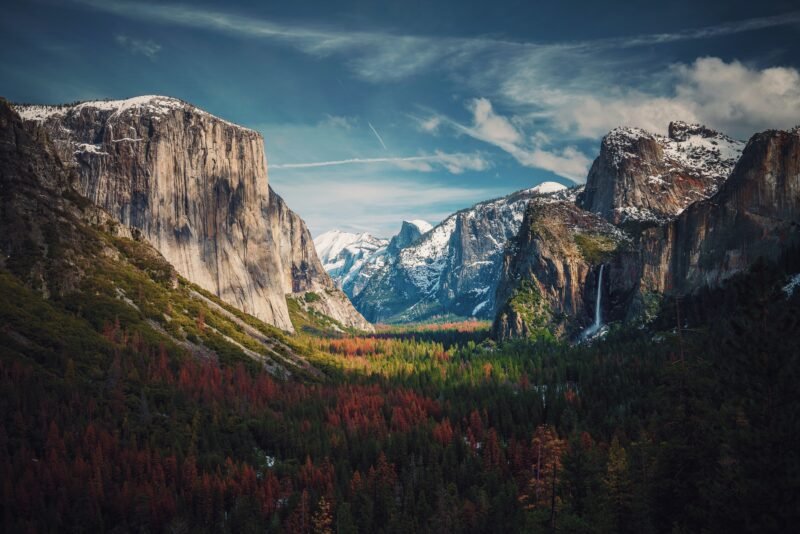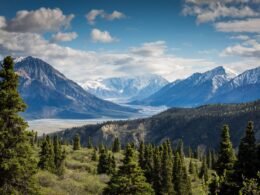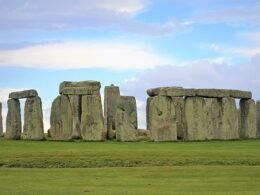Yosemite National Park is one of the most beautiful national parks in the United States. It was the first piece of land that was preserved for recreational enjoyment. Today, Yosemite is an international mecca for hiking, rock climbing, and skiing.
To make your trip to Yosemite memorable, it is important to plan carefully ahead of time. Here is a definitive guide on the best time to visit, where to stay, the best trails, and more.
How to get to Yosemite
Yosemite National Park is located in Central California, on the West Coast of the United States. If you are flying to Yosemite, the closest airport to the park is Fresno Yosemite International Airport (FAT), which is an accessible commercial airport. After arriving, it is advisable to rent a car to get to Yosemite, as the airport is about a 3-hour drive from the entrance of Yosemite. If you are unable to drive, the airport also offers a shuttle bus service to the park.
How to get into the park
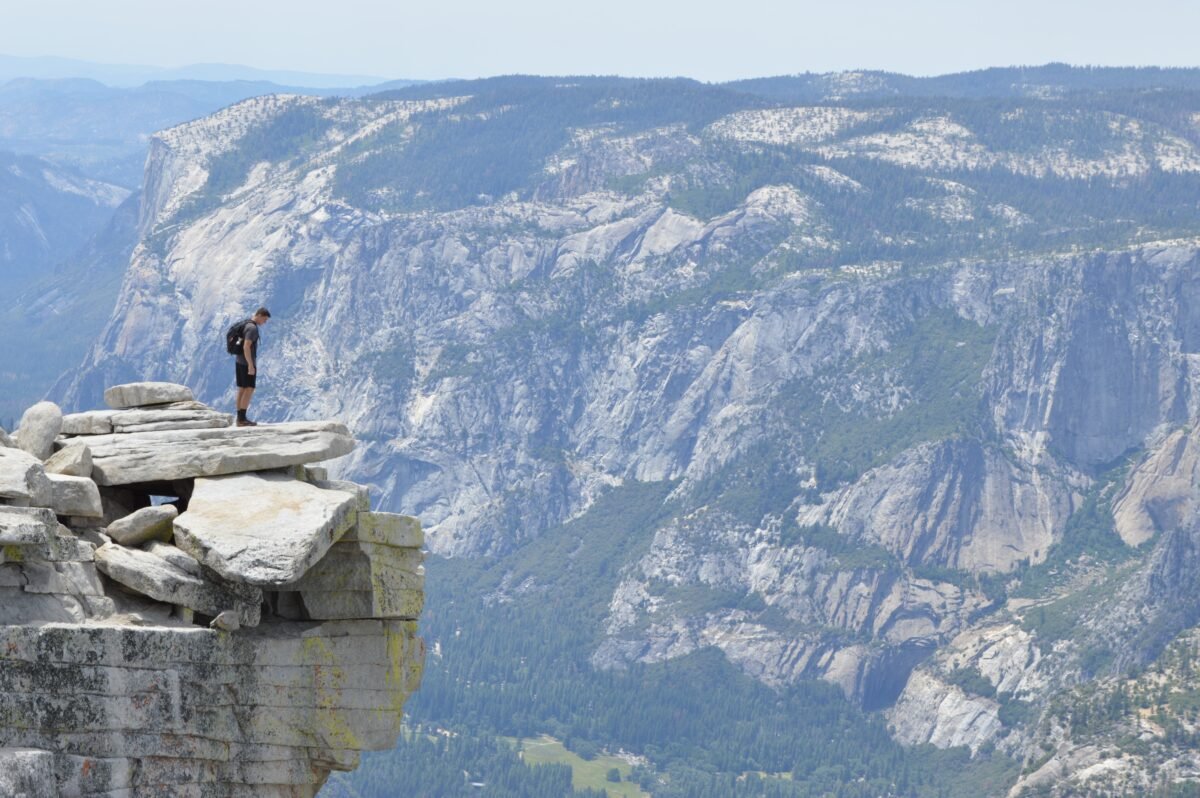
It is not required to make a reservation to enter Yosemite National Park. For entry with a non-commercial car, you will have to pay a $35 entrance fee. Only credit or debit card is accepted at the entrance. This fee covers unlimited entry to the park for up to seven days. The park is open 24 hours a day, seven days a week.
If you plan on seeing more U.S. National Parks after your Yosemite visit, consider investing in a National Parks and Federal Recreational Lands Pass. This pass, which costs $80, waives entrance fees to all national parks in the United States and over 2,000 federal recreation areas. This can save you money if you plan to visit several parks during your travels!
When to visit

Your experience in Yosemite depends significantly on the time of the year you choose to visit.
For the best weather
For the least rain and warmest weather, it is a no-brainer to visit Yosemite during the summer months between June and August. During this time, average temperatures vary between 80-85°F (27-29°C), and the chance of precipitation consistently stays under 10% on any given day.
Summer is also the best time to visit Yosemite for water activities such as swimming, kayaking, paddle boarding, fishing, and tubing. One of the best swimming spots in the park is Tenaya Lake, which is the largest lake in the park. It is most notable for its picturesque mountain background and blue water. You can also rent a kayak or canoe there during the summer.
For fewer crowds
Although visiting during the summer will give you the best weather and perfect conditions for photos and general views, you will be competing with large crowds. Yosemite National Park receives over 3 million visitors annually.
If you hate crowds when traveling or hiking, definitely visit Yosemite during its shoulder or off-seasons. For some, visiting during the spring (April-May) or fall (October-November) may be preferable, as you will have the perfect cool temperatures (between 55-70°F or 12-21°C) for hiking, cycling, or running. During this time, and especially during the winter, you may feel like you have the whole park to yourself!

For the best waterfall views
Yosemite National Park has over 25 waterfalls. If you want to see the waterfalls at their fullest, be sure to visit in the spring, between May and June. This is the period when the most snowmelt occurs in the park, which fills the waterfalls. If you visit at the end of the summer, there is a larger possibility that the falls will be sparse or dry.
One of the best and tallest waterfalls in the park is Yosemite Falls, a must-see if you are visiting during peak waterfall season. There is no doubt that Yosemite Falls is one of the iconic landmarks of the park, and for good reason. Not only is it the tallest waterfall in Yosemite, but the waterfall is one of the tallest in the world, measuring 2,425 feet.
For the lowest prices
If you are a budget traveler looking for the lowest prices at Yosemite, consider visiting during the winter, which is the park’s low to off-season. This is because the weather in California turns quite cold in the winter, with temperatures ranging between 25-45°F (-4-7°C). The park also receives relatively high snowfall, which may close access to some trails and roads. During this time, you can find the cheapest rates on accommodation, since there is not high tourist demand.
Although winter is the low season for Yosemite for hiking, it is its highest season for skiing. If you are more interested in winter activities like skiing, snowboarding, or tubing, it is best to visit between December and February. In the park, you can head to Badger Pass Ski Area. It is the oldest ski resort in California. If skiing is not your thing, Yosemite is also a great place to go snowshoeing during the winter. If you are a beginner, you can join one of the many tours which are offered by local guides. They will also provide you with all the gear necessary for snowshoeing, so you don’t have to worry about buying or renting it. Some of the best trails for snowshoeing are in Mariposa Grove, Yosemite Valley, and Goat Meadow.
Where to stay

Hotels/Lodges
If you want a break from the wilderness and prefer to sleep in a hotel room, there is an abundance of hotels outside of the park.
Here are some of the best hotels near Yosemite:
Yosemite Bug Rustic Mountain Resort
Camping
For the most rustic and immersive experience in the great outdoors, camping is the way to go when visiting Yosemite. There is an abundance of camping sites scattered all over the park, with access to many major trails, lakes, and scenic views. If you are entering the park with an RV or trailer, many campgrounds can also accommodate vehicles.
Must-see sights and trails
Glacier Point

Glacier Point is one of the most scenic viewpoints in all of Yosemite, with panoramic views of Half Dome, Yosemite Falls, and the park’s seemingly endless mountain range. One of the best aspects of Glacier Point is its accessibility, as the viewpoint can be accessed by car, bike, or hiking. If visiting by car, you can access Glacier Point via Wawona Road (closed during the winter), but it is far more rewarding to reach it by hiking! Here are the two best trails in Glacier Point:
Four-Mile Trail: As the name suggests, this out-and-back trail is about 4 miles in length one-way. Overall elevation gain on this trail is over 3,000 feet. The trail begins at the base of Sentinel Rock and takes you to the top of Yosemite Valley, at Glacier Point. It has been rated as a strenuous hike due to the elevation. Along this trail, you can also get views of El Capitan, Cathedral Rocks, and the Half Dome.
Panorama Trail: This trail is double the size of the Four-Mile Trail, and should be considered for a full-day of hiking. One-way in the trail may take you up to 4-6 hours to complete. Along Panorama Trail, you will encounter Illilouette Falls, which is best enjoyed in the spring when it is fullest.
Mariposa Grove

Mariposa Grove is one of the most unique regions in Yosemite, as it is home to the park’s famous Giant Sequoia trees. It is located in the southern section of the park and has over 500 of these rare trees. The Giant Sequoia is one of the tallest tree species in the world – you will feel minuscule when standing next to one.
There are plenty of trails to choose from in Mariposa Grove:
- Big Trees Loop: the easiest hiking trail, stretching 0.3 miles. The trail is flat and wheelchair-accessible
- Grizzly Giant Loop Trail: rated as moderate, at 2 miles. Has about 300 feet of elevation gain. On this trail, you can find the famous California Tunnel Tree.
- Mariposa Grove Trail: one of the most difficult trails, with a 7-mile loop. Leads to the historic Wawona Point, a scenic cliff lookout. This trail has about a 1,200-foot elevation gain.
Half Dome

Half Dome, an 8,000-foot tall granite rock formation, is one of the most iconic sites of Yosemite. Many travelers who visit Yosemite flock to this sight, and it is particularly popular amongst rock climbers. To scale Half Dome is not an easy task, as it is one of the most difficult hikes in the park, but the views will prove to be worth it. The trail to Half Dome is a 14-16 mile loop, with a total of 4,800 feet of elevation gain.
One of the most unique aspects of the hike is the cable ascent. It consists of a 400-foot cable ladder to ascend vertically on the Dome. It is the most exhilarating part, but it is important to take your time and wear appropriate footwear to ensure your safety.
Mirror Lake
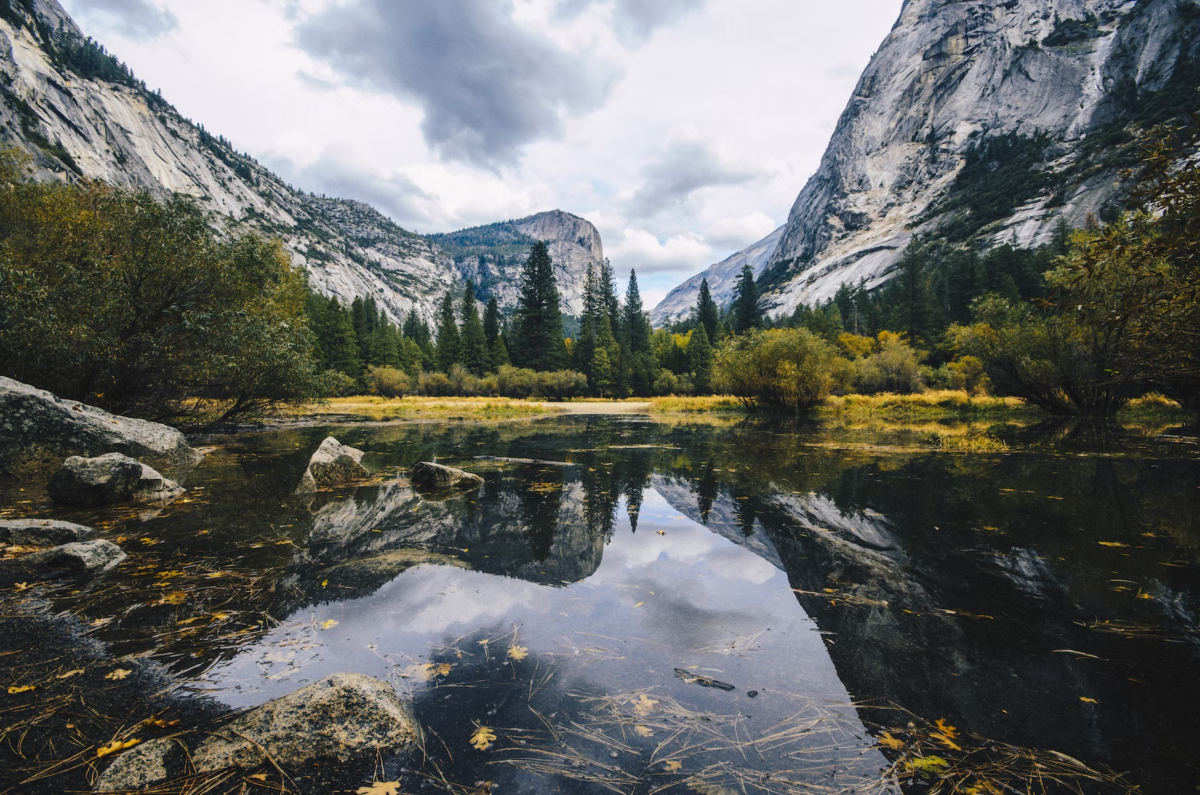
Mirror lake is a body of water connected to the larger Tenaya Lake in Yosemite. Although small in size, it packs a punch in scenery. Here, you can find picturesque views of the reflective pool, with a mountain scape background. It is one of the most photographed sites at Yosemite. Mirror Lake is best enjoyed in the summer, when the skies are clear and blue.
To get to the lake, you can hike the Mirror Lake Trail, which is a straightforward 5-mile loop. It is a fairly easy to moderate hike, with only 100 feet of elevation. If you are visiting during the summer, be sure to take a dip in the lake after you finish your hike!
Tunnel View
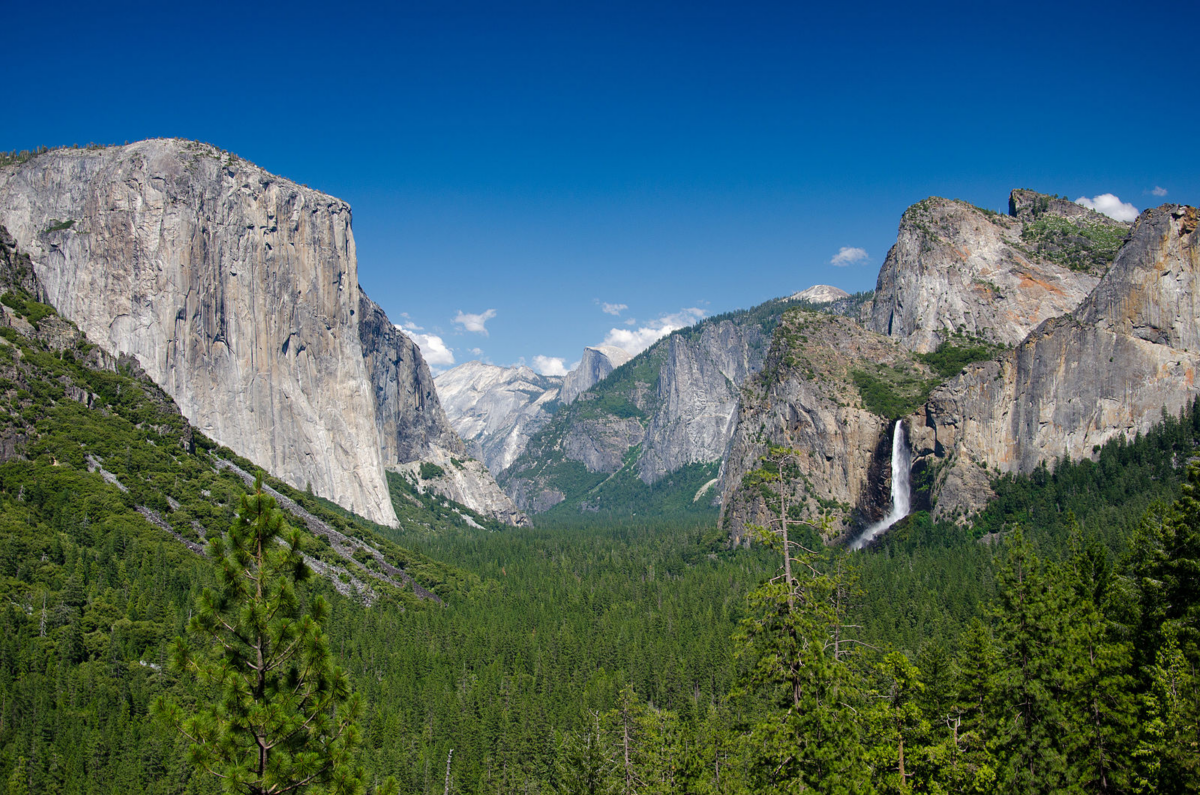
Similar to Glacier Point, Tunnel View is another breathtaking overlook in Yosemite. It is located about 45 minutes from the park’s southern entrance, and is only accessible by car. Here, you can get clear panoramic views of El Capitan, Half Dome, and Brideveil Fall.
The best time to see Tunnel View is during sunrise or sunset, where you can observe the golden hour sunlight hit the rock formations. If visiting during the summer, be aware that it will be busy, and it may be more difficult to find parking.
Conclusion
One of the most iconic and frequented national parks in the United States, Yosemite National Park is an absolute gem of untouched landscape. If planning a trip to the West Coast of the U.S., do not miss Yosemite! Depending on your budget, interests, and hiking ability, it is important to plan your trip accordingly, however Yosemite has attractions to every type of visitor.






